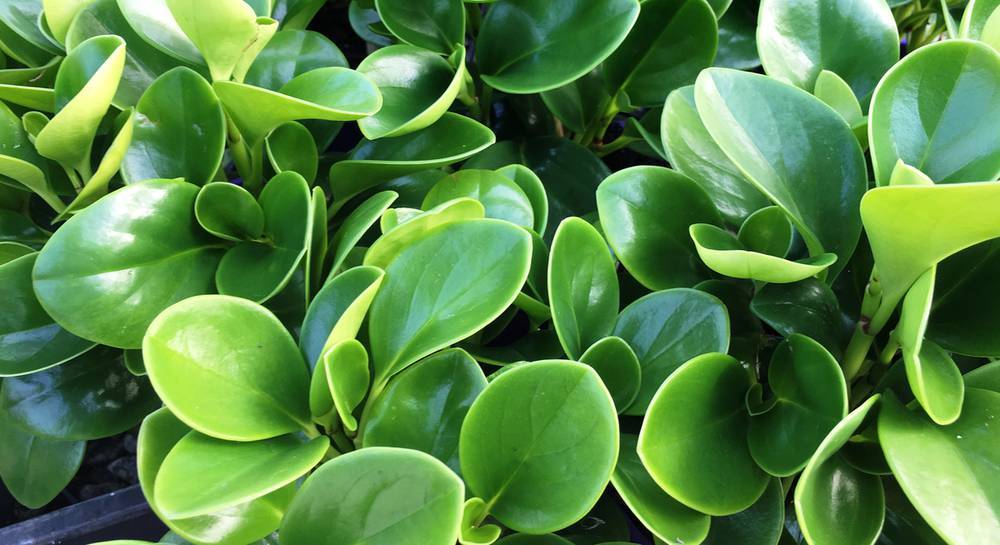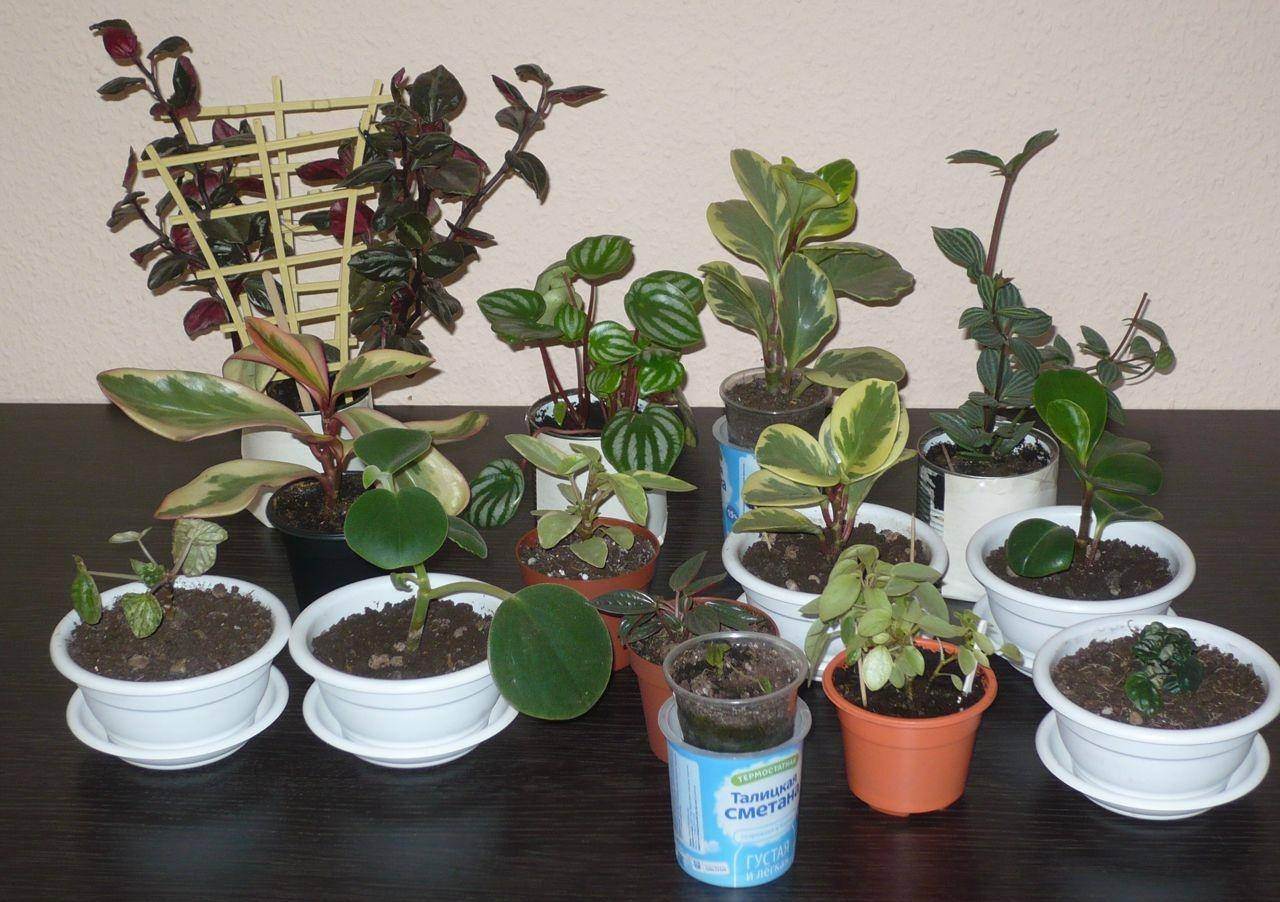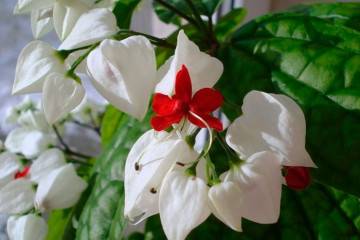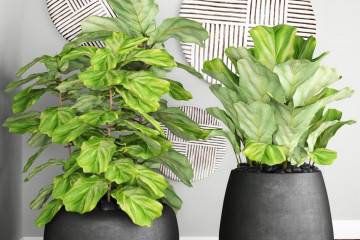Magnolialeaf peperomia - home care
Content:
Magnolia-leaved peperomia is an unpretentious variety of indoor plants. Any florist, even a beginner, can grow such a flower at home. Nevertheless, knowledge of the rules of agricultural technology will certainly be beneficial and will allow you to grow a truly beautiful peperomia.
What magnolia-leaved peperomia looks like
This perennial plant belongs to the Pepper family. It is native to the rainforests of South America. Most often found in Brazil. The height can be up to 30 cm at home.
The plant has branched stems with large nodes. They are covered with round or oval leaves with short petioles. The surface of the sheet plates is smooth, glossy, and the diameter of each of them is 5 cm.
The color of the leaves can vary from a pale green shade to juicy emerald. The foliage may have stripes of different shades, specks and strokes. It is mainly grown for beautiful foliage. He needs to be looked after.
Magnolialeaf peperomia has a positive effect on the home atmosphere. It removes negativity and instills friendliness. In addition to changing the energy at home, the plant inhibits the development of many diseases. It is good for the digestive system, mammary glands, and gallbladder. The scent of the plant relieves headaches.
Features of home care
The most important thing for magnolialeaf peperomia is home care:
- Temperature. The plant does not like high temperatures. Suitable for a flower is a range of 17-24 degrees. It is recommended to avoid sudden temperature changes and drafts.
- Lighting. Peperomia should be placed on the windowsill on the west or east side. Avoid direct sunlight. Bright, diffused lighting is preferable. Symptoms of a lack of light are elongated stems and pale leaves. In this case, it is transferred closer to the light source.
- Watering. It is not recommended to water the plant frequently. It feels more comfortable during a drought than during waterlogging, which contributes to the rotting of the root system. For irrigation, soft, settled water 2 degrees above room temperature is suitable.
- Priming. A flower requires a universal soil or special soil for ficuses. If you want to prepare the soil yourself, you need to remember that it must be slightly acidic or neutral.
- Top dressing. Complex fertilizers for indoor plants are suitable for the flower. It should be fed once every 2 weeks during the period of active growth. Top dressing is not required from December to March.
- Humidity. The plant needs regular spraying. This is especially necessary during the heating season, when the air in the room becomes dry.
Breeding in an open area
Due to its sensitivity to cold, the plant cannot be grown in an open area. Regardless, there are other peperomia varieties that can be grown outdoors in a container in the summer. This is only possible under favorable conditions.
Container growing technology
For flower cultivation, it is best to use a substrate that is permeable to moisture and air. In addition to universal soil and soil for ficuses, homemade soil is suitable. To do this, you need to mix peat, humus and sand. You can also make a mixture of humus, garden soil, moss, coconut fiber and fine expanded clay.
Complex fertilizers must be applied in liquid form. They can be purchased at any garden store. The dosage indicated on the package must be reduced by 2 times for processing. It is worth planting a flower in a wide, low container. It is necessary to increase its diameter with each transplant by 1.5 times.
Formation and flowering of a plant
Sometimes you need to pinch the stems. This contributes to the formation of lateral shoots, which affect the decorative effect of the flower. You should also cut off the top of the shoots after dropping the lower leaves. It is necessary to remove dry, damaged branches. It is recommended to remove long, heavy branches that can break off under their own weight. All cuttings longer than 20 cm are also cut off.
Flowering looks completely inconspicuous, does not differ in decorativeness. The plant blooms with small dense spikelets of a light green hue. They resemble spikelets of plantain. It blooms in spring and summer.
Reproduction and transplantation of a plant
3 breeding methods are common:
- Seeds. The seed is planted in a container with non-acidic, highly moistened soil, consisting of a peat and sand mixture. At the same time, it should not be deepened too much. Otherwise, it will not germinate. Disembarkation should take place in early spring. The seed is moistened from a spray bottle and covered with a film before the first shoots appear. Seeds of magnolia-leaved peperomia usually germinate at a temperature of 24-25 ° C for a month. The container with the planted seed should be placed in a warm and dark place. When the seed sprouts, the container is moved to a well-lit place and the film is removed.
- Cuttings. Shoots with 2-3 nodules are cut from the upper shoots. For rooting, they are planted to a depth of 4 cm in a pot filled with prepared soil. At home, stem and leaf cuttings root easily in the soil. The best period for propagation by cuttings is spring and early autumn. It is impossible to propagate a plant in this way in winter, since vegetative processes will noticeably slow down due to a lack of heat and sunlight. In winter, it hibernates.
- Division. The flower should be watered abundantly, carefully removed from the pot and shaken off the soil from its roots. Peperomia must be divided in two. In this case, you need to carefully untangle the roots. Before planting, the roots are subject to charcoal treatment. After reproduction by dividing, the plant does not need to be watered for 7 days.
Young peperomia is transplanted every year. An adult flower at the age of 3 years begins to be transplanted 1 time in 2 years. Old specimens are transplanted only in rare cases, when the roots stick out of the drainage holes. The transplanting process is carried out by the method of plant transshipment. Also, during transplanting an old bush, you can get some planting material for subsequent reproduction.
Possible growing problems
Pests such as:
- Spider mite. A fibrous whitish coating indicates its presence. In this case, Aktofit, Sunmite or Vermitic is used to process the plant.
- Thrips. Symptoms are the appearance of dry spots on the leaves and a silvery shade of the plate. For the fight, Aktara, Mospilan, Karate are used.
- Mealybug. On the lower part of the leaf, flour and a sticky substance appear, attracting dust and becoming a breeding ground for fungi.Infected leaves begin to deform and curl. After manual sampling, the flower is processed with Rogor, Phosphamide, Aktar and Calypso preparations.
Magnolialeaf peperomia is able to decorate the house and charge the atmosphere with positive. Its lifespan will increase with proper care and control of dangerous pests.



















